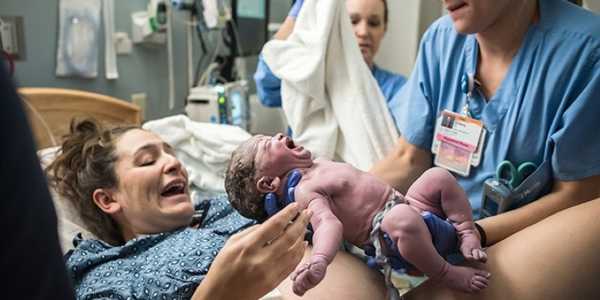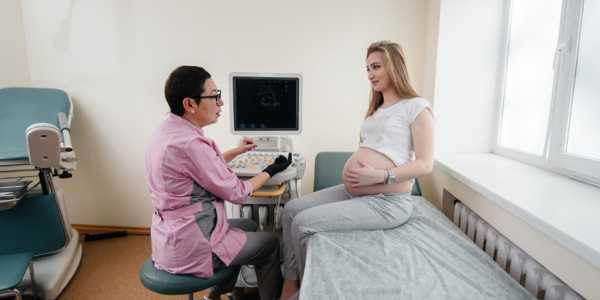Vaginal Birth After Cesarean (VBAC) is an option many women consider for subsequent pregnancies after having a cesarean delivery. As healthcare practices evolve, the guidelines surrounding VBAC have also changed. Understanding the latest recommendations is essential for women weighing their options and for healthcare providers guiding them. This article discusses eligibility criteria, potential benefits and risks, the importance of shared decision-making, and when a repeat cesarean may be advised.
Determining whether a woman is eligible for VBAC involves assessing several factors, including her medical history, the type of uterine incision from the previous cesarean, and overall health. The most common factors influencing eligibility include:

The type of incision made during the prior cesarean delivery significantly impacts VBAC eligibility. Women with a low transverse incision (the most common type) have a higher likelihood of a successful VBAC. Conversely, those with a classical incision (vertical cut on the uterus) may face increased risks, making VBAC less advisable.
Generally, women with one previous cesarean delivery are good candidates for VBAC. However, those with two or more cesareans may encounter higher risks, particularly if they have had classical incisions.
A woman’s overall health and pregnancy complications can affect her eligibility. Conditions such as obesity, diabetes, and hypertension may pose additional risks. Each case should be evaluated individually to assess the safest approach.
The timing of the delivery is crucial. VBAC is generally more successful in pregnancies that reach term (37 weeks or more). Delivering before this timeframe can introduce additional complications and lower the success rate.
The baby's position, size, and overall health can influence VBAC eligibility. For example, if the baby is in a breech position or is significantly large, a repeat cesarean may be recommended.

VBAC offers benefits like faster recovery, reduced surgical risks, and improved outcomes for newborns but carries potential risks, such as uterine rupture and emergency C-sections.
A successful VBAC offers several advantages, including quicker and less painful recovery compared to cesarean delivery. It also avoids surgical risks like infection, excessive bleeding, and anesthesia-related complications. Additionally, women who have a VBAC face fewer risks in future pregnancies, such as placenta previa or placenta accreta, conditions that become more likely with multiple cesareans. Choosing VBAC can support better health outcomes for both the mother and future pregnancies by minimizing the complications often associated with repeated cesarean deliveries.
While VBAC offers benefits, it carries certain risks that need careful consideration. The most serious concern is uterine rupture, where the previous cesarean scar reopens during labor, with an occurrence rate of about 0.5% to 1%, potentially causing severe complications for both mother and baby. Another challenge is a failed trial of labor, where labor does not progress as expected, resulting in an emergency cesarean with a longer recovery and added surgical risks. Additionally, labor complications, such as the need for assisted delivery or heightened risk of hemorrhage, are possible, requiring careful monitoring throughout the process.

Shared decision-making is a critical component in determining the best birth plan for women considering VBAC. It involves open communication between the healthcare provider and the patient, where both parties discuss the potential benefits, risks, and personal preferences.
Effective counseling helps women feel informed and confident about their birth choices by considering individual circumstances, including medical history and preferences. Providing evidence-based information addresses fears clarifies VBAC success rates, and promotes informed decisions. Emotional support is essential, as childbirth can trigger complex feelings, especially after a cesarean. Encouraging open discussions allows women to express concerns. Additionally, explaining the need for potential birth plan changes—like shifting from VBAC to a repeat cesarean—helps women stay prepared for various outcomes, reducing anxiety and enhancing trust in the decision-making process.
Encouraging women to have a support system during their pregnancy can also play a significant role in the decision-making process. Partners, family members, and friends can provide emotional and practical support, which can help women feel more empowered in their choices.

While many women can safely attempt a VBAC, there are circumstances where a repeat cesarean delivery may be the safer option. These include:
Suppose a woman develops medical complications during her pregnancy, such as severe hypertension or gestational diabetes. In that case, a repeat cesarean may be recommended to protect both her health and that of the baby.
Women who experienced complications during previous cesareans, such as severe adhesions or uterine infections, may face higher risks with a VBAC, leading to a recommendation for a repeat surgery.
If labor does not progress appropriately, or if signs of fetal distress arise, healthcare providers may decide that a repeat cesarean is necessary to ensure the safety of both mother and child.
The availability of experienced staff and appropriate facilities can impact VBAC's decision. If a hospital lacks the resources or skilled personnel to handle potential complications associated with VBAC, a repeat cesarean may be the safer choice.
Ultimately, some women may choose a repeat cesarean for personal reasons, preferring the predictability of a scheduled surgery over the uncertainties of labor. This choice should be respected, and women should be supported in whatever decision they make.

The latest guidelines on Vaginal Birth After Cesarean (VBAC) reflect an evolving understanding of maternal and fetal health. As women consider their options, eligibility criteria, benefits, and potential risks should be carefully evaluated.
Shared decision-making and open communication between healthcare providers and patients are essential for ensuring that each woman feels empowered to make informed choices about her birth plan. While VBAC can offer many advantages, it is not suitable for everyone, and circumstances may arise where a repeat cesarean is recommended. Ultimately, the goal is to support women in having safe and fulfilling birth experiences, regardless of the path they choose.


